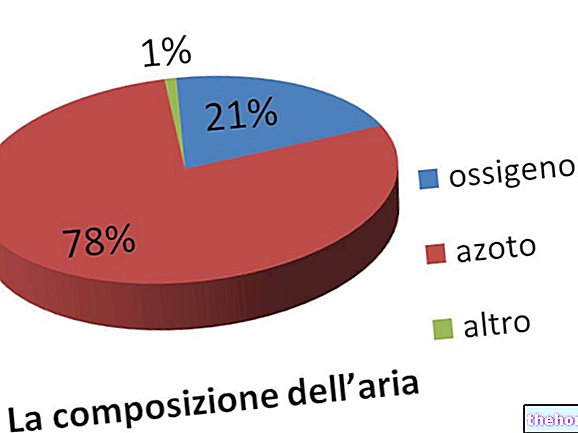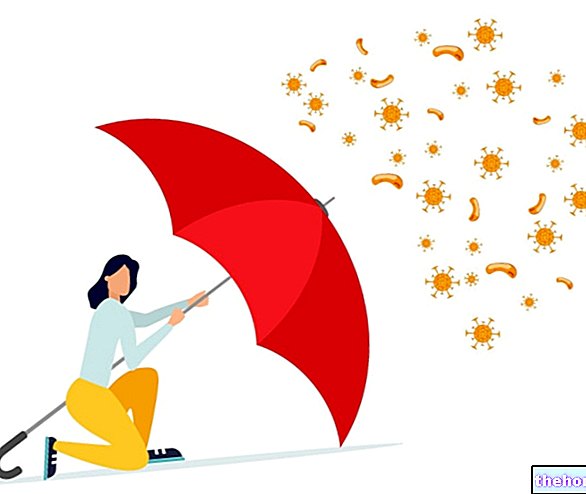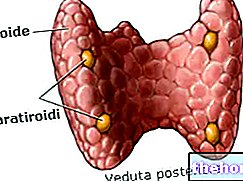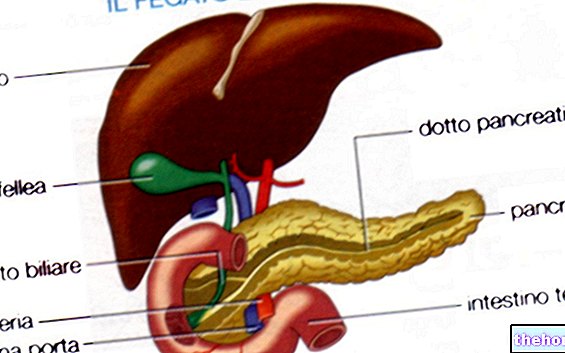The gallbladder or gallbladder is an organ of the digestive system responsible for the accumulation and concentration of bile, a greenish-yellow liquid produced by the liver in order to facilitate digestion and absorption of fats and fat-soluble vitamins, and neutralize the acidity of the chyme coming from the stomach.

The gallbladder's task is precisely to accumulate bile during fasting, pouring it into the initial tract of the small intestine after meals. This "reservoir", also known as the gallbladder, is a hollow pyriform organ, 7-10 cm long for 2.5-3.5 cm in width and 1-2 mm in thickness The capacity of the gallbladder is estimated at about 30-50 ml, but it can increase in pathological conditions, considering the distensibility of the wall.
The gallbladder is housed in a depression, called a cystic dimple, on the underside of the liver and can be anatomically divided into three portions - from right to left, from bottom to top and from front to back - take the bottom name (more dilated), body (more voluminous) and neck (narrower). This last stretch of the gallbladder continues into the cystic duct, a 3/4 cm long canal that joins the hepatic duct to form the choledochus .

The internal surface of the gallbladder is covered by a raised mucosa in folds, which vary in height depending on the state of distension of the bowel. Some of these folds, however, are constant and fixed, especially at the level of the neck, where they form the so-called spiral folds or valves. At this level, the muscular layer also thickens, without producing a real anatomical sphincter, but in any case a structure similar to it from a functional point of view. The gallbladder mucosa has a cylindrical epithelium, provided with microvilli at its distal end (very important, given the need to reabsorb water and electrolytes through the cystic walls). The contraction of the gallbladder - allowed by the muscle bundles that make up the smooth muscle layer underlying the mucosa - determines the passage of bile into the intestine.
Several gastrointestinal hormones perform an "important action on motility and the consequent emptying of the gallbladder, acting simultaneously on the tone of the sphincter of Oddi. The best known is cholecystokinin (CCK), which is secreted by the duodenal mucosa in the presence of chyme, especially when it is rich in fats. As the name itself reminds us, this hormone stimulates the emptying of the gallbladder, stimulating its contraction and promoting the relaxation of the sphincter of Oddi; secretin, gastrin, neurotensin and pancreatic polypeptide also carry out an action favoring, while somatostatin, VIP (vasoactive intestinal peptide), glucagon and calcitonin hinder the activity of the gallbladder. The activity of this vesicle is also regulated at the nervous level by sympathetic and parasympathetic afferents.
Within the gallbladder, as well as in any other location of the biliary tract, stones ("pebbles") can form. When these concretions produce symptoms and cannot be eliminated by drugs or by "bombardment" with ultrasound, it may be necessary surgical removal of the gallbladder (cholecystectomy); since it is a non-vital organ, the patient's health is not too much compromised (at most he can complain of gastrointestinal disorders, such as steatorrhea and diarrhea, especially after the consumption of high-fat meals ). Cholecystectomy may also be necessary in the presence of gallbladder cancer, which however has a very low incidence in the population.




























